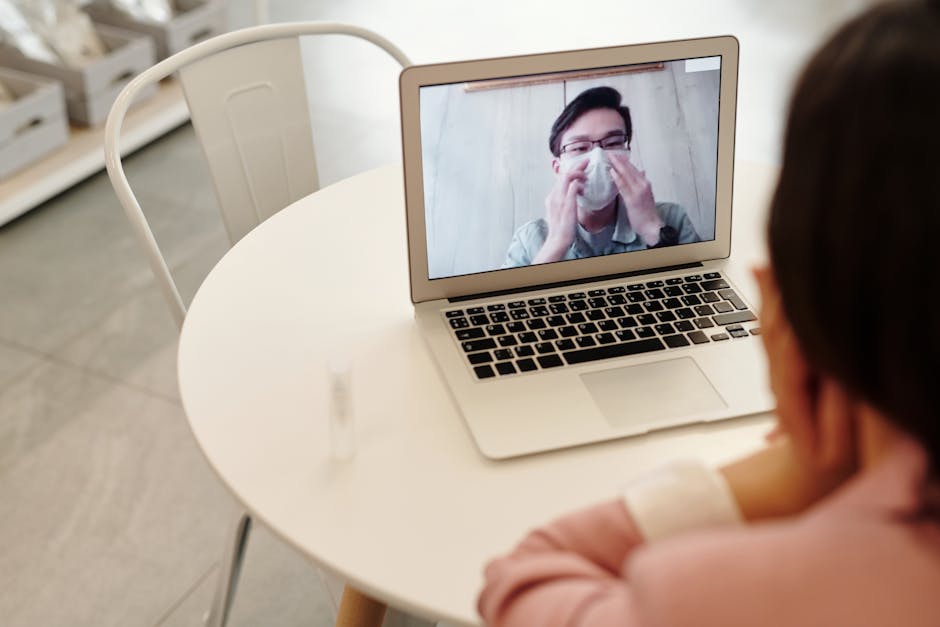How the Pandemic Boosted the Popularity of Telehealth Apps

The COVID-19 pandemic has dramatically reshaped various facets of daily life, including healthcare. One notable change is the surge in the use of telehealth apps. The need for social distancing, combined with the strain on healthcare systems, has made remote medical consultations more appealing and practical. This shift has been bolstered by advancements in technology and changes in regulations, enabling telehealth to become a vital part of modern healthcare.
Increased Adoption of Telehealth Apps
Before the pandemic, telehealth was an underutilized service. According to a report by McKinsey & Company, only 11% of consumers used telehealth services in 2019. However, by mid-2020, this number had skyrocketed to 46%, largely due to the necessity of reducing in-person visits to medical facilities (McKinsey & Company).
This rapid adoption can be attributed to several factors:
- Necessity for Social Distancing
- Healthcare System Overload
- Regulatory Changes Allowing Broader Use
- Technological Advancements
Benefits of Telehealth Apps
Telehealth apps have offered numerous benefits during the pandemic. First and foremost, they reduce the risk of infection by minimizing physical contact. This is particularly important for vulnerable populations who are at higher risk for severe illness.
Additionally, telehealth provides greater accessibility to medical care for those living in remote or underserved areas. Patients no longer need to travel long distances to consult with specialists, which can be both time-consuming and costly.
Other benefits include:
- Convenience and Flexibility
- Reduced Waiting Times
- Enhanced Patient Monitoring
- Cost-Effectiveness for Both Patients and Providers
Challenges Faced by Telehealth Apps
Despite its advantages, telehealth also faces several challenges. One significant issue is the digital divide. Not everyone has access to high-speed internet or smart devices, which can limit the reach of telehealth services.
Privacy and security concerns are also paramount. Handling sensitive medical information online requires robust security measures to protect patient data from breaches.
| Challenge | Description |
|---|---|
| Digital Divide | Lack of access to technology and internet connectivity. |
| Privacy Concerns | Ensuring the security of patient data online. |
| Regulatory Hurdles | Navigating different regulations across regions. |
| User Adaptability | Older generations may find it challenging to adapt. |
| Reimbursement Policies | Differing policies on telehealth reimbursement across insurance providers. |
The Future of Telehealth Post-Pandemic
The question remains whether the popularity of telehealth will persist post-pandemic. Indications suggest that many aspects of telehealth are here to stay. A survey conducted by Deloitte found that both patients and healthcare providers are generally satisfied with telehealth services (Deloitte.com). This satisfaction may drive continued use even as in-person visits become safer.
The Role of Regulations and Policies
Government policies have played a crucial role in facilitating the growth of telehealth during the pandemic. Many restrictions were temporarily lifted to allow broader use of telehealth services. For example, Medicare expanded its coverage for telehealth services, making it easier for seniors to access care remotely.
The ongoing support from policymakers will be essential for sustaining telehealth's growth. Permanent changes in regulations could further integrate telehealth into standard healthcare practices.
The COVID-19 pandemic has undoubtedly accelerated the adoption and acceptance of telehealth apps. While challenges remain, the benefits of increased accessibility, convenience, and reduced infection risks are clear. As technology continues to advance and regulations evolve, telehealth is poised to remain a significant component of healthcare delivery moving forward.
